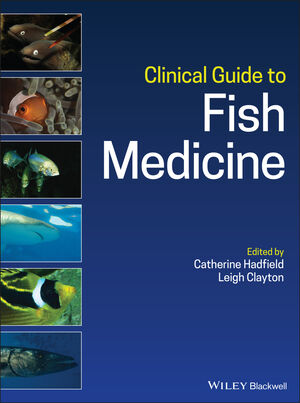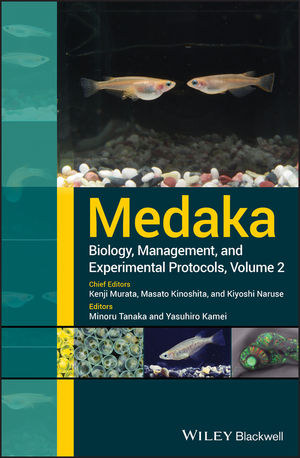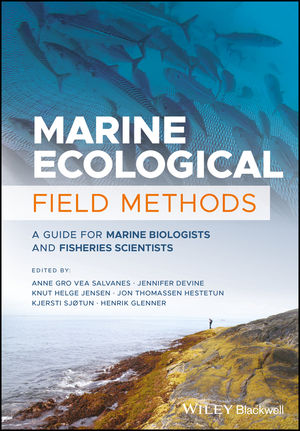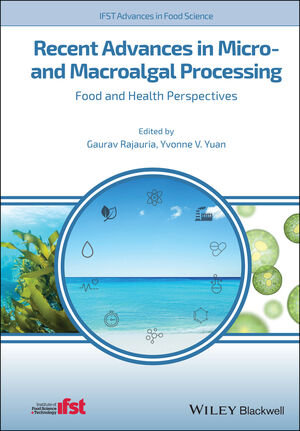
News & Views
Breeding
shellfish
New floating nursery system increases bay scallop production in New England
April 3, 2025 By Hatchery International staff
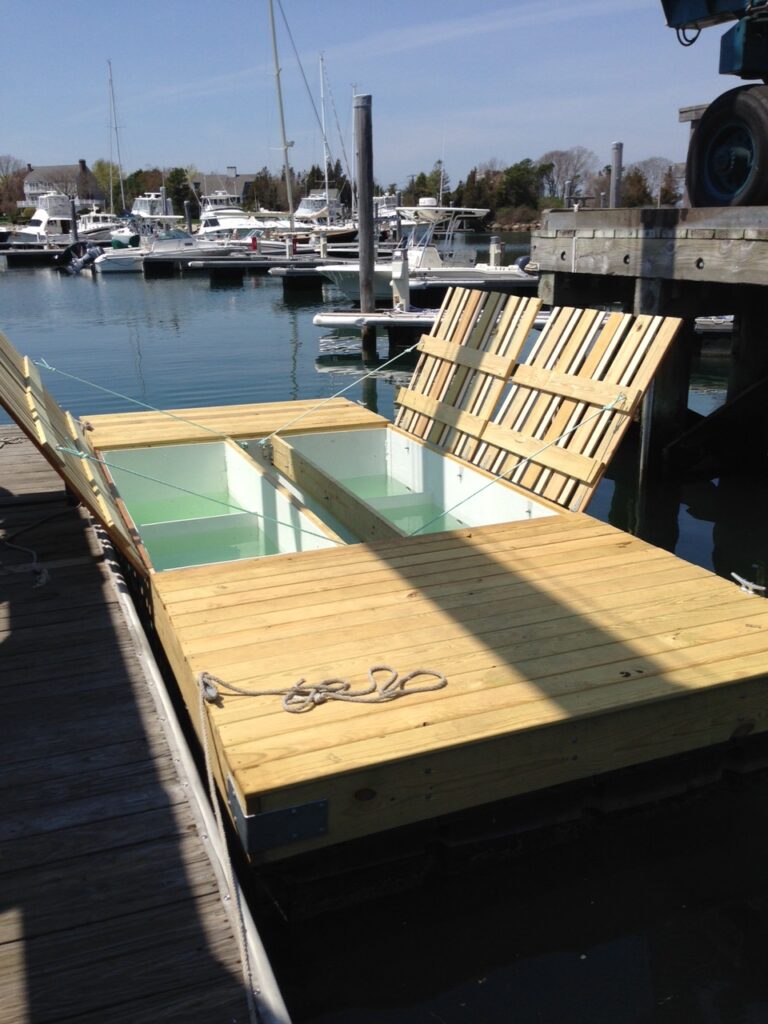 Floating downweller in the water with doors open. (Photo: Dan Ward)
Floating downweller in the water with doors open. (Photo: Dan Ward) A newly developed nursery system has shown that bay scallops can be grown at high densities if water flow and microalgal food are sufficient.
Southern New England’s climate is ideal for bay scallop farming, but to grow them efficiently enough to earn a profit, they must be cultivated in a nursery system before moving to a growout setting.
Using the Sustainable Agriculture Research and Education (SARE) funding, Daniel Ward developed a floating downweller nursery system that gives bay scallops the surface area they need to flourish.

Daniel Ward. (Photo: Dan Ward)
“We came up with a design with nested trays in blocks that allowed us to go from a normal oyster nursery system, which has about 32 square feet of surface area but a lot of volume, to one that has ten times more square footage with even greater volume. It allows us to optimize for the biology of what the scallop needs,” said Ward in a SARE article.
SARE offers farmer-driven, grassroots grants and education programs and has been doing so since 1988.
“I really believe in aquaculture as a form of employment and food production that can be done in an environmentally sustainable way. Helping to develop the industry has been one of the main priorities of my career,” Ward said. “This project enabled so much beyond just our farm, and many more people out there are benefiting from the outputs of this project.”
Ward tested different stocking densities to determine the best way to optimize growth and survival rates. He has used the system at his business, Ward Aquafarms, to grow bay scallops through their lifespan, from fertilized eggs to shucked meats for market. He has also improved the system design over time, increasing water flow by reversing its direction, which increased the density of the shellfish that can grow in the system.
Ward is donating seeds to various research labs, and one lab is studying the impact of ocean acidification from climate change. He also donates his scallops to private and public high schools for science fair projects, and for educating students on the many benefits of aquaculture. He also gives tours of his farm to students from preschool through college to raise their environmental awareness.

Bay scallop juveniles in a stacked tray which was just removed from one of the downweller silos. (Photo: Dan Ward)
“Oysters, quahogs, and mussels don’t necessarily have a lot of personality. Since they can’t move very fast, or at all, they’re basically just like really tasty rocks in your hand. But scallops, they’re clapping at you, you can see their eyes, and I’ve noticed that whether they’re a six-year-old, 16-year-old, or 60-year-old, they get so much more animated with scallops than they do about anything else that we grow,” he said.
The results generated through Ward’s project have enabled other aquaculture farms in New England to incorporate bay scallops into their productions.
Print this page
